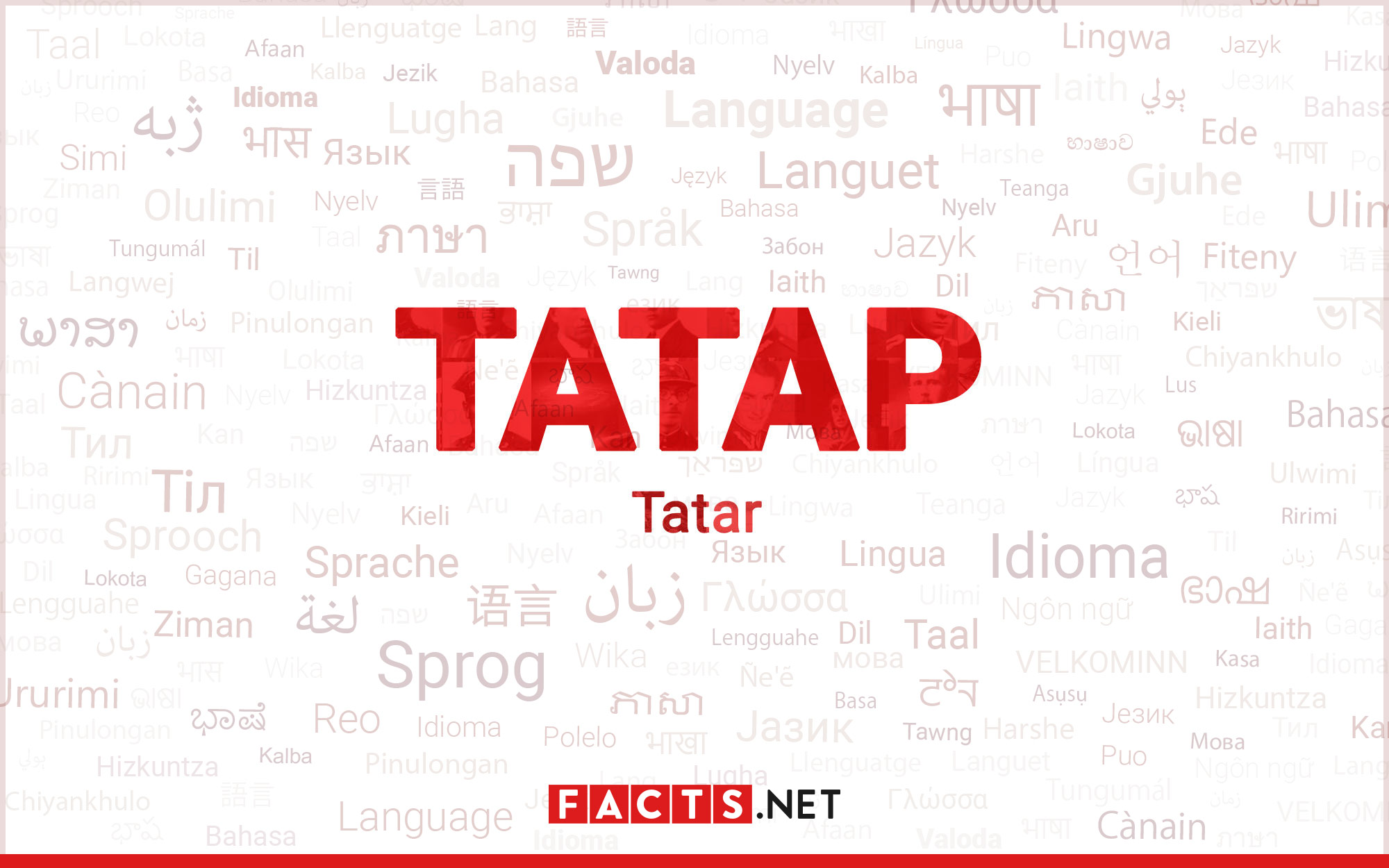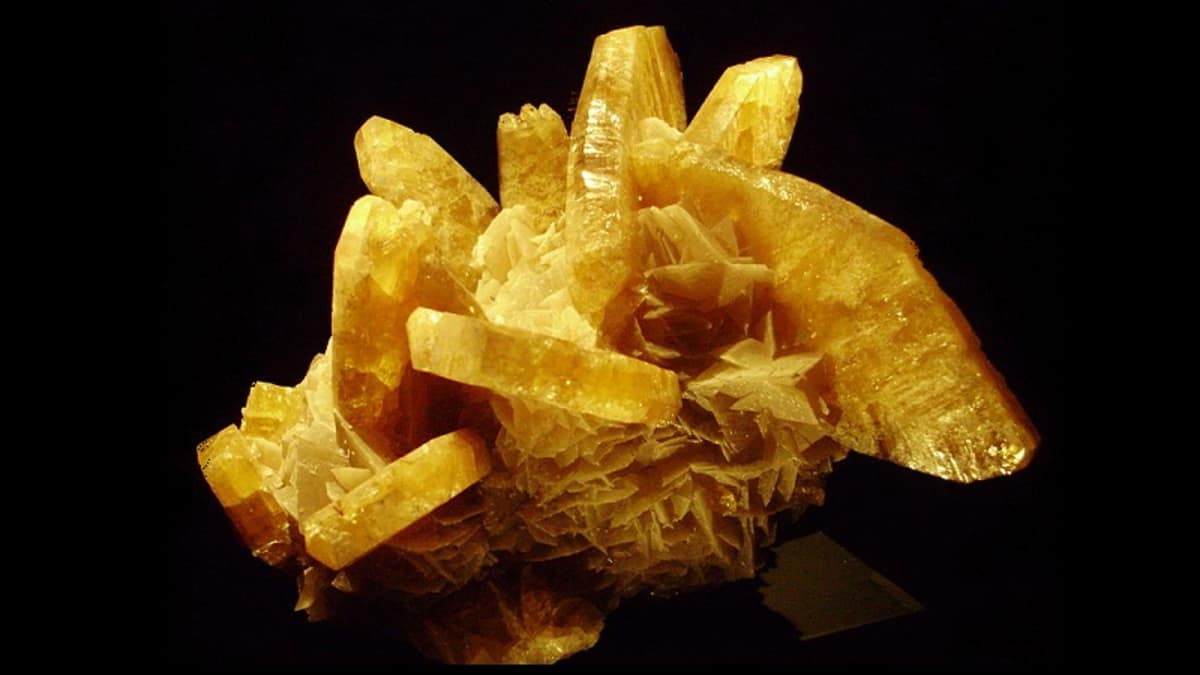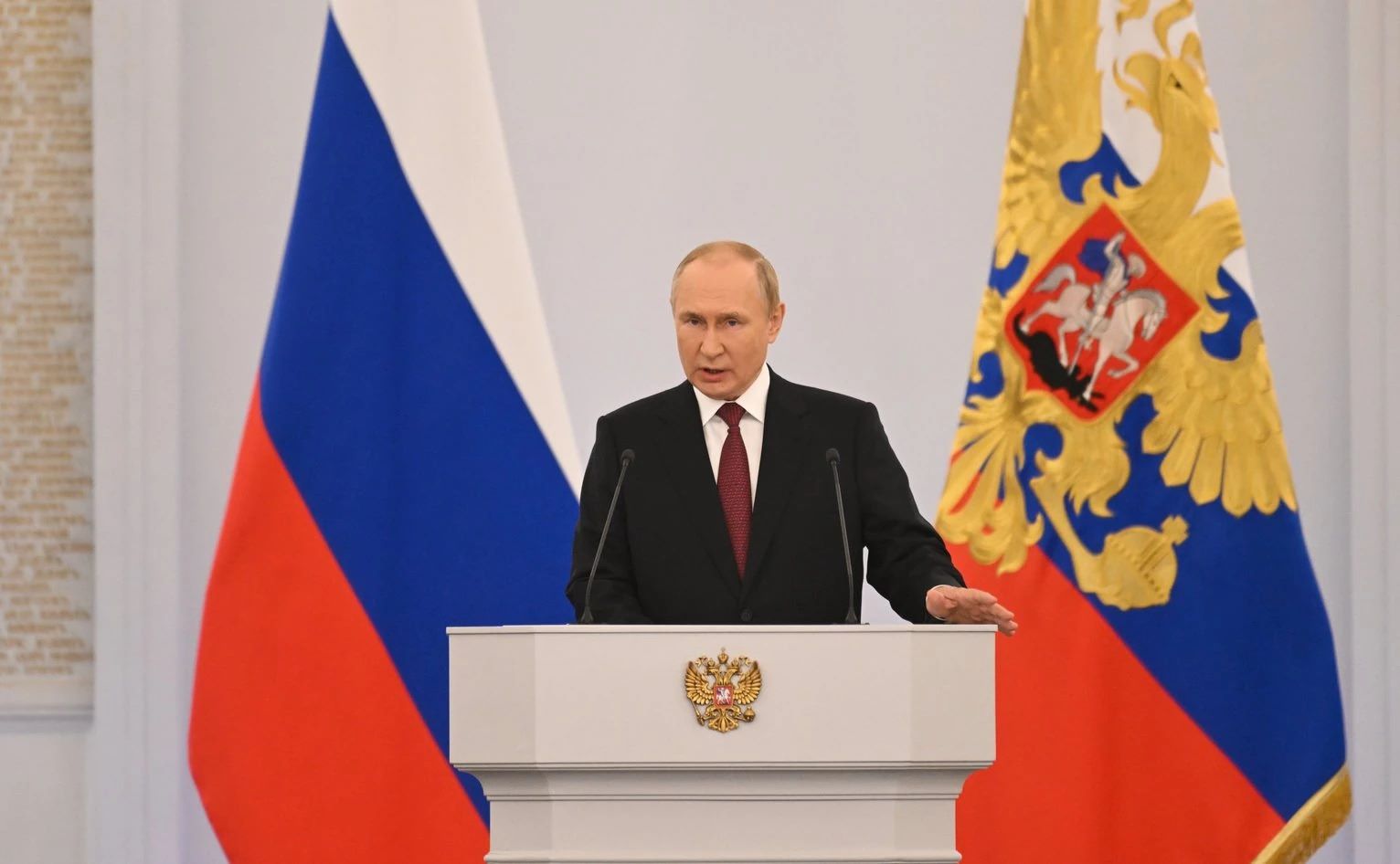
Tatar is an intriguing language with a rich history and cultural significance. Spoken by millions of people primarily in Tatarstan, a republic in Russia, Tatar belongs to the Turkic language family. It has a unique linguistic structure and has been influenced by various neighboring languages throughout its evolution.
In this article, we will delve into the fascinating world of Tatar and uncover 16 captivating facts about this ancient language. From its origins and importance to its linguistic features and impact on the region, we will explore the many facets of Tatar that make it worth exploring and understanding.
So, whether you’re a language enthusiast, a traveler interested in Tatarstan, or simply curious about the diversity of languages in the world, join us on this linguistic journey as we unravel the hidden treasures of Tatar.
Key Takeaways:
- Tatar is a Turkic language spoken by millions, with its own unique alphabet and rich literary tradition. It has influenced other languages and plays a crucial role in preserving Tatar culture.
- Tatar cuisine, art, and annual festivals reflect the diverse and vibrant cultural heritage of the Tatar people. The language is taught in schools and universities, and has a strong online presence.
Tatar is a Turkic language.
Tatar belongs to the Turkic language family, which also includes languages like Turkish, Uzbek, Kazakh, and Kyrgyz.
It is an official language in Tatarstan.
Tatar is one of the official languages of the Republic of Tatarstan, a federal subject of Russia.
It has two major dialects.
Tatar is divided into two main dialects: Western Tatar, spoken in European Russia, and Siberian Tatar, spoken in Siberia.
Tatar has its own unique alphabet.
The Tatar language is written using a unique alphabet known as the Tatar Cyrillic script, which is based on the Russian Cyrillic alphabet.
Tatar has a rich literary tradition.
Tatar literature dates back to the 10th century, and it has produced many notable poets, writers, and playwrights throughout its history.
Tatar is spoken by millions of people.
Tatar is spoken by approximately 7 million people worldwide, primarily in Russia and other countries of the former Soviet Union.
Tatar has influenced other languages.
Due to its historical significance and wide usage, Tatar has had an influence on other Turkic languages, such as Uzbek, Bashkir, and Kazakh.
Tatar has borrowed words from other languages.
Throughout its history, Tatar has borrowed words from various languages, including Arabic, Persian, Russian, and French.
Tatar has its own national epic.
The Tatar national epic, called “Irek ormet,” is a collection of heroic legends and tales that reflect the culture and history of the Tatar people.
Tatar cuisine is renowned for its diversity.
Tatar cuisine combines elements of Central Asian, Russian, and Middle Eastern culinary traditions, offering a wide range of flavors and dishes.
Tatar art is deeply rooted in tradition.
Tatar art forms, such as embroidery, pottery, and music, have been passed down through generations, preserving the cultural heritage of the Tatar people.
Tatarstan hosts an annual traditional music festival.
Every year, Tatarstan organizes the Sabantuy Festival, a celebration of Tatar culture featuring traditional music, dance, and sports.
Tatar is taught in schools and universities.
Tatar language courses are offered in schools and universities in Tatarstan and other regions where Tatars reside, helping to preserve the language for future generations.
Tatar has its own media outlets.
Tatar language newspapers, magazines, TV channels, and radio stations cater to the linguistic and cultural needs of the Tatar-speaking community.
Tatar has a strong online presence.
With the advent of the internet, Tatar language websites, blogs, and social media platforms have emerged, providing a digital space for Tatar speakers to connect and share information.
Tatar is an important symbol of cultural identity.
The Tatar language plays a crucial role in preserving and promoting Tatar culture, serving as a symbol of cultural identity for the Tatar people.
Conclusion
Tatar is a fascinating language with a rich history and vibrant culture. From its origins in the Volga-Ural region to its status as an official language in Russia, Tatar has evolved and thrived over the centuries. With its unique alphabet and distinctive linguistic features, Tatar is an important part of the Turkic language family.
Whether you’re interested in exploring Tatar literature, connecting with the Tatar diaspora, or simply curious about this lesser-known language, learning about Tatar opens up a world of knowledge and appreciation for diverse cultures. So, dive into the world of Tatar and discover the beauty and complexity of this remarkable language.
FAQs
1. How many people speak Tatar?
Tatar is spoken by over 6 million people worldwide. The majority of speakers reside in Russia, particularly the Tatarstan region, where Tatar is an official language. Tatar communities also exist in Kazakhstan, Ukraine, and other countries with Tatar diaspora.
2. Is Tatar similar to Russian?
Although Tatar and Russian share some linguistic influences due to historical and geographical factors, they are distinct languages. Tatar belongs to the Turkic language family, whereas Russian is a Slavic language. However, there may be some loanwords and cultural exchanges between the two.
3. Can I learn Tatar online?
Yes, there are online resources and language courses available for learning Tatar. Various websites offer grammar guides, vocabulary lessons, and interactive exercises to help you master the language. Additionally, you can find Tatar language apps and join online language communities to practice with native speakers.
4. Is Tatar a difficult language to learn?
Like any language, learning Tatar can be challenging, especially for non-native speakers. However, with dedication and practice, it is definitely achievable. Tatar has a unique alphabet and linguistic features, but there are many resources available to support your learning journey.
5. What are the cultural aspects related to Tatar?
Tatar culture is rich and diverse, influenced by both Turkic and Russian traditions. Tatar cuisine, music, dance, and art are notable highlights. Traditional dishes such as pilaf and chak-chak are popular, and Tatar music often features traditional instruments like the balalaika. Celebrations and festivals like Sabantuy showcase Tatar customs and traditions.
Tatarstan's capital city Ufa boasts a rich history and unique cultural heritage waiting to be explored. Astrakhan, located at the Volga River delta, offers breathtaking views and fascinating insights into its past. For those seeking to broaden their knowledge of Russia's diverse regions, these destinations promise an enlightening journey.
Was this page helpful?
Our commitment to delivering trustworthy and engaging content is at the heart of what we do. Each fact on our site is contributed by real users like you, bringing a wealth of diverse insights and information. To ensure the highest standards of accuracy and reliability, our dedicated editors meticulously review each submission. This process guarantees that the facts we share are not only fascinating but also credible. Trust in our commitment to quality and authenticity as you explore and learn with us.


